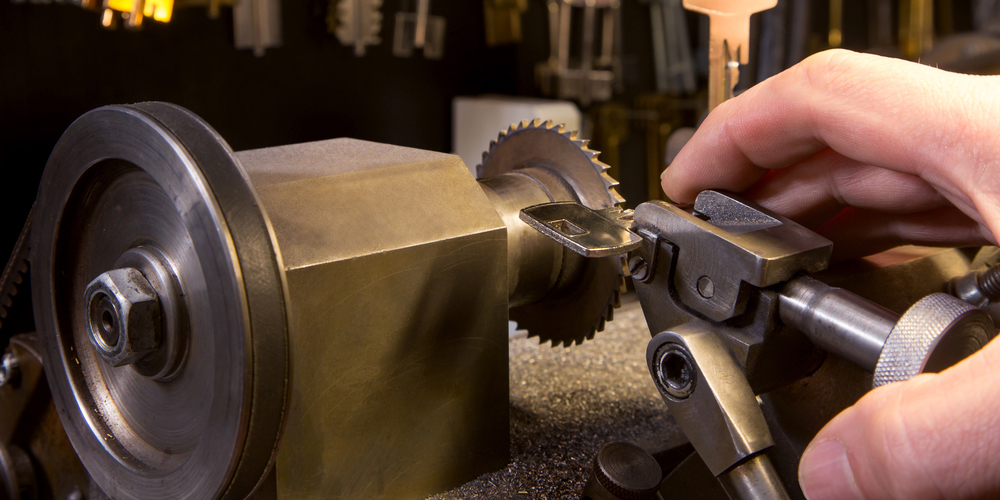Top Tradesmen Tips for Working in Winter
- By : Adam
- Date :

Winter is that time of the year when tradesmen in the UK wish they had opted for a different profession. After all it’s no picnic to work outside battling freezing cold and biting blizzard. The condition is not only inconvenient to work in but also a threat to your overall health and safety.
Ironically, this is also a time when the flow of work increases, what with everyone in hurry to finish the work before Christmas, or to fix winter-induced problems like broken boilers or burst pipes. Though work can’t be stopped, potential harms from the chill like frostbite, trench foot or hypothermia can and should be!
Getting thermal insulated coveralls should be your first priority. It protects core body heat loss all the while granting you a free motion. Yes, they’re a bit costly, but not more than your health.
- Put helmet liners – the longer the better – under the hard hat you are wearing. They are very effective at preserving neck and head heat. Fleece lined fabric is very comfortable and a good insulator. Keep spares on hand and wash the liners regularly.
- There is a lot of blood flow in and around the eyes, and wearing glasses can minimize heat loss. Please do it. To get into the details, eyeballs are covered with a mucous membrane, and subject to being desiccated and irritated by cold, dry air and wind – something winter has in abundance. Moreover, wearing glasses or eye-cover also shield you from dirt particles or flu virus.
- Let’s move down from the eyes to neck and chest. Use scarves. They are very effective at protecting heat loss, all the while allowing easy adjustment or removal for cooling as needed.
- Using gloves are a must. In construction, you are as good as your hands allow and so insulate it on priority. An ideal glove must be slightly bigger than your hand – something that allows finger dexterity and using liner with. As per the texture and fabric, go for one that suits the nature of your job.
- Local tradesmen in the UK get flooded with calls for emergency repair especially during winters. Chances are you will have to stand or walk on cold (wet even) surfaces in the process. Don’t forget to put on double layer thermal socks and insulated boots. Also, try to stand on a mat, plywood or other insulating barrier if you’ll be out in the cold for long periods.
- Heat loss is worst at the openings – where skin is exposed and difficult to cover. Apply moisturizer, skin creams, barrier creams etc. on these parts. You are basically trying to ward off hypothermia and avoid frostbite on any exposed skin. Ski masks can be useful, but they’re not designed for use with a hard hat. Maybe that’s why a lot of tradesmen grow beards in winter.
On the sideline, it’s also a good idea to ask your manager for a safety meeting where you can discuss winter hazards like hypothermia and frostbite and how best one can fight them.
Be safe, be healthy!









